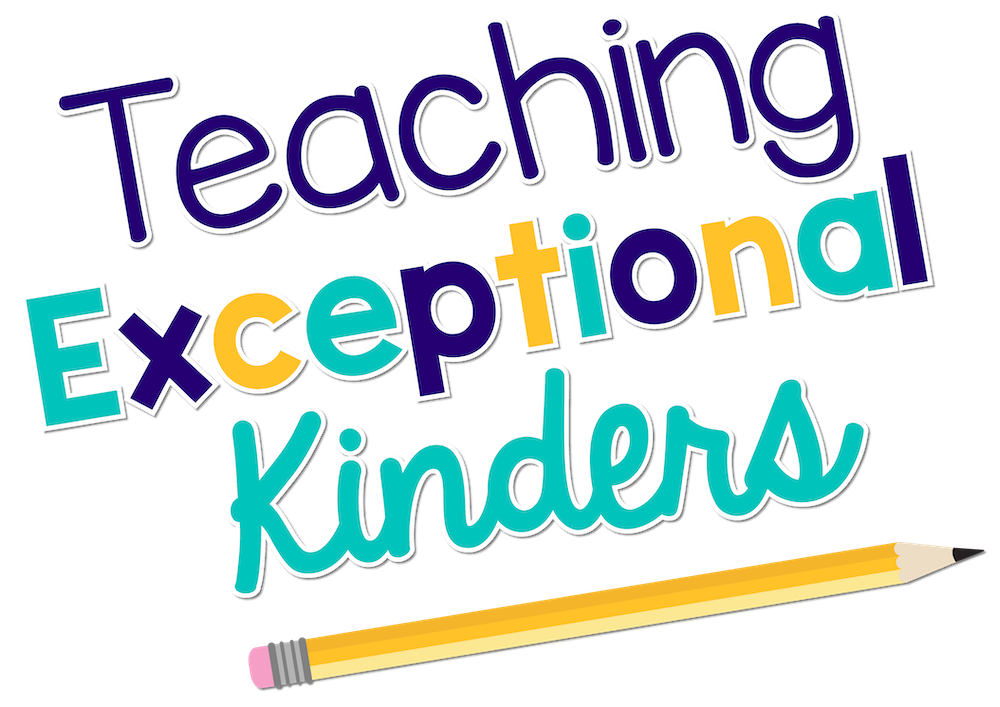Deciding on the Right Time to Use a Token Board
Token boards can be a very helpful behavior management tool, but only when used for the right student, at the right time, and for the right purpose. If you feel like a student in your classroom might need a token board for behavior, this is the post for you! I’m going to share tips for deciding if it’s the right time to use a token board for students in your classroom.
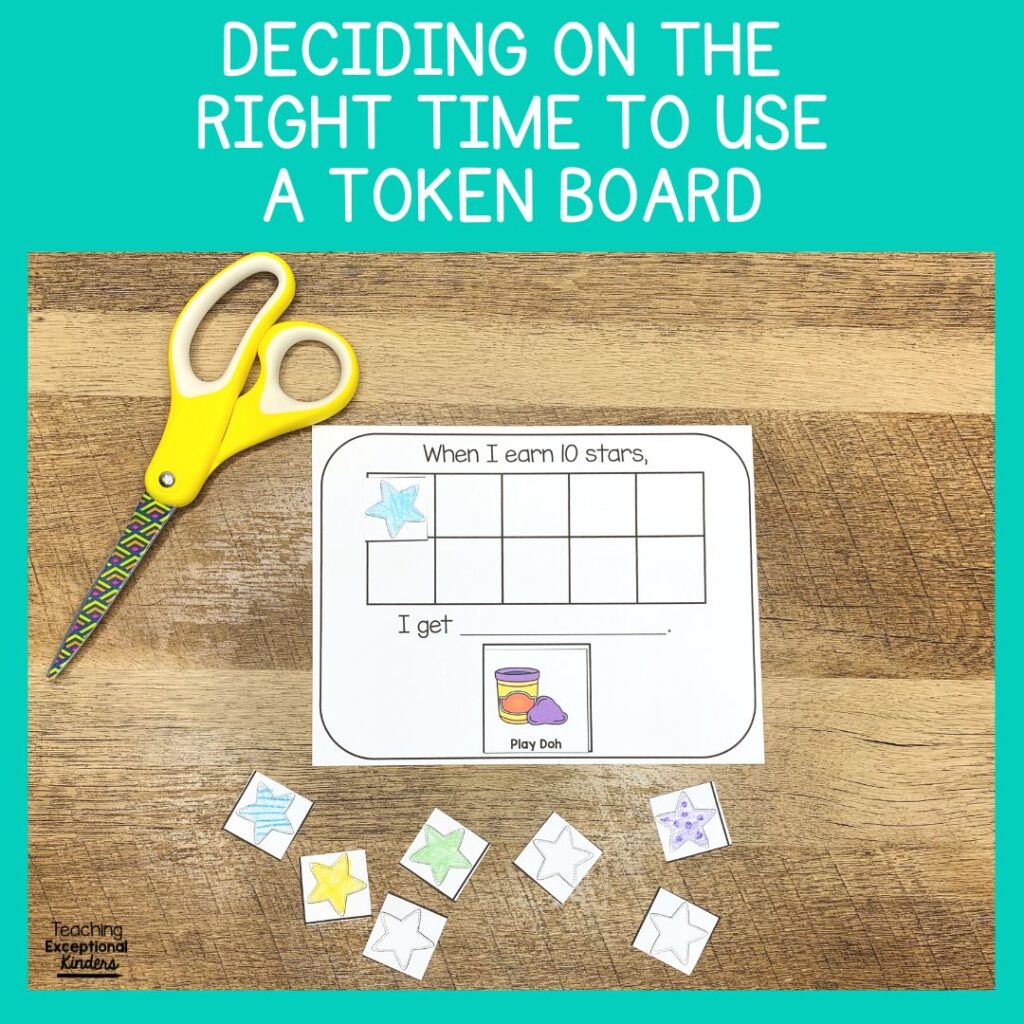
What is a Token Board?
A token board is a simple, individualized behavior management tool. It serves as a visual support for students who are working toward a reward by earning tokens. These tokens are placed on a blank frame until each box is filled, then the reward is given to the student.
A token board can act almost like a fancy “First, Then” system since the student knows that once they meet the goal (filling up their token board), they earn the reward. Using visual tokens to show the student each step they make toward earning the reward helps them keep their behavior on track.
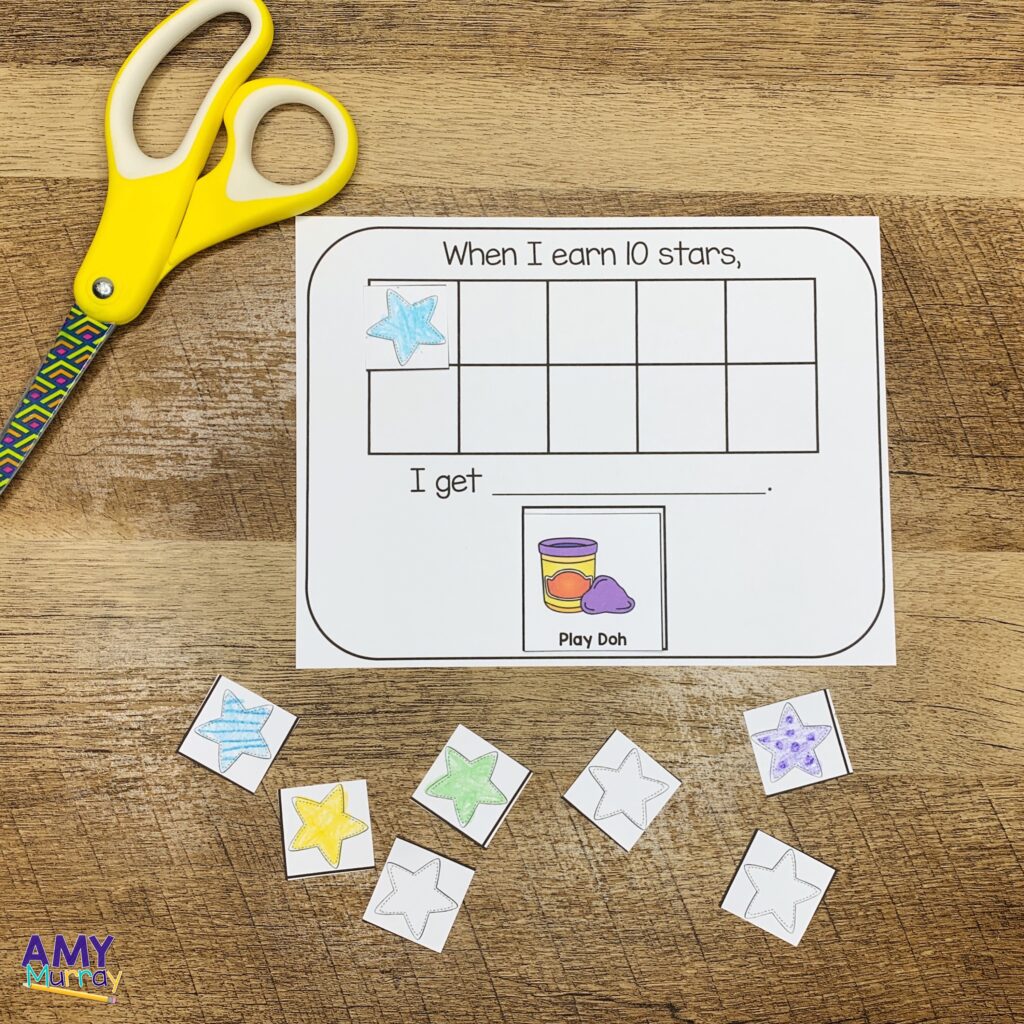
How to Use a Token Board
If you’d like to take a closer look at a token board system, you can check out this video where I share tips for using this behavior management tool.
When Is It Time to Use a Token Board?
Now that you know what I’m referencing when I talk about token boards, it’s time to think about when it’s appropriate to use this tool in the kindergarten classroom. Every student in your class does NOT need this individual level of behavior support! So how you do know when it’s time to try a token board? Here are five criteria that you can use to help you decide:
1. There is a need for extrinsic motivation.
The ultimate goal for behavior management is that students will be intrinsically motivated. In a kindergarten classroom, this is something that many of your young learners are still working on. It’s simply part of human development to gradually move from extrinsic to intrinsic motivation.
However, an extrinsic reward system is not something that you want to introduce at an individual level unless it’s truly necessary. If a child can thrive on whole-group incentives and occasional rewards, don’t backtrack by providing them with a structured, individualized token board system. They don’t need that level of support.
On the other hand, if a student is clearly not intrinsically motivated to do their work or demonstrate school-appropriate behavior, they might benefit from a token board if the rest of these criteria are met.
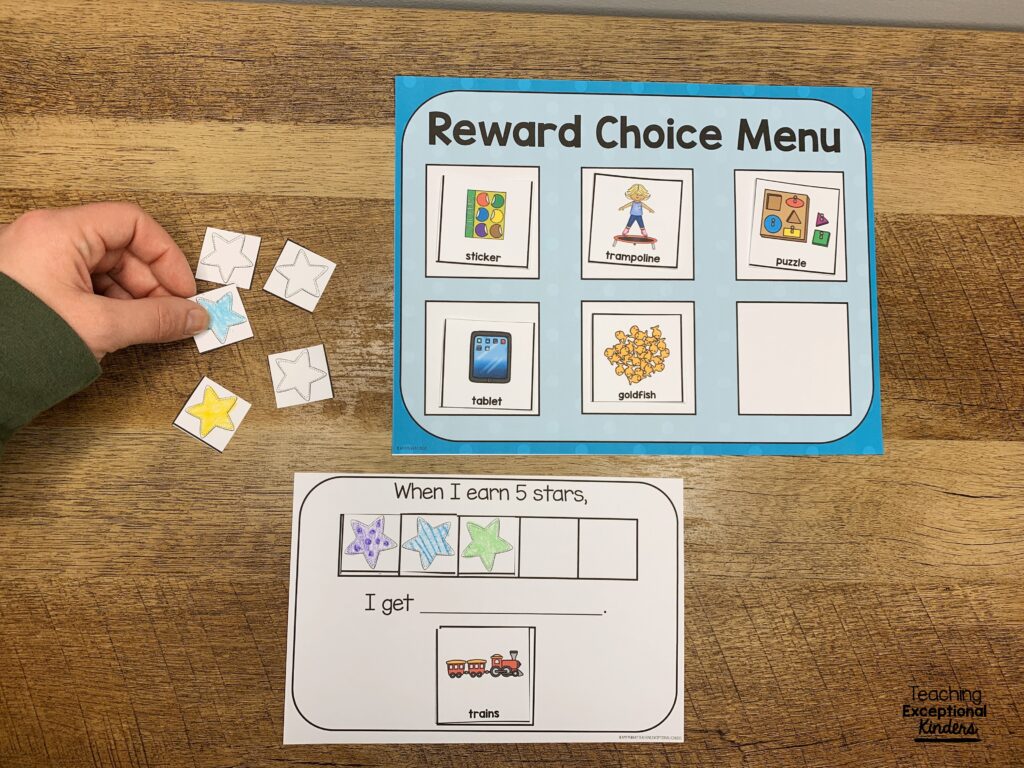
2. The student thrives on routine and structure.
As kindergarten teachers, we know that routine and structure are essential for young children. They thrive on predictability! Token board systems provide a very structured reward routine that helps students focus on their behavior choices.
However, you might have an occasional student who really struggles when they feel “boxed in” by this structure. In this case, a token board might not be the best choice and you may need to change your approach. For the most part, young learners welcome and thrive on the routine and structure of a token reward system.
3. Whole-class rewards have not been effective.
Before you introduce an individual reward system, like a token board, make sure that you have tried a whole-class behavior incentive. For many kindergarten students, the structure and routine offered by a class reward system is just the right level of motivation to keep behavior on track. You can still target specific behaviors as a whole group and point out when individual students are doing a great job with that behavior.
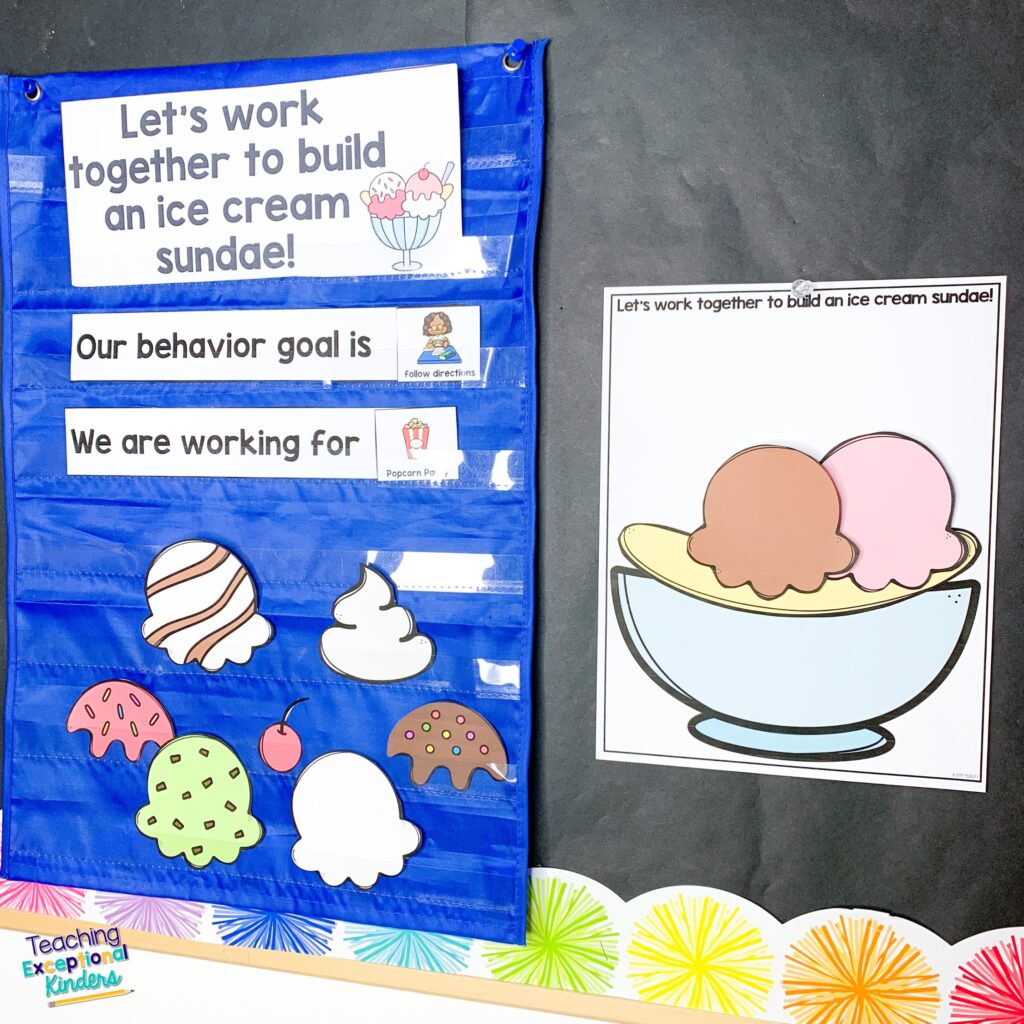
Have you tried everything you can think of to improve student buy-in for the whole class reward and it still isn’t working? Then it might be time to consider an individual reward system.
4. An individual sticker chart did not work.
When a student demonstrates a need for an individual reward system, I like to start with a sticker chart. The student is given a sticker when they display a target behavior. When the established threshold of stickers is earned, the student earns a reward.
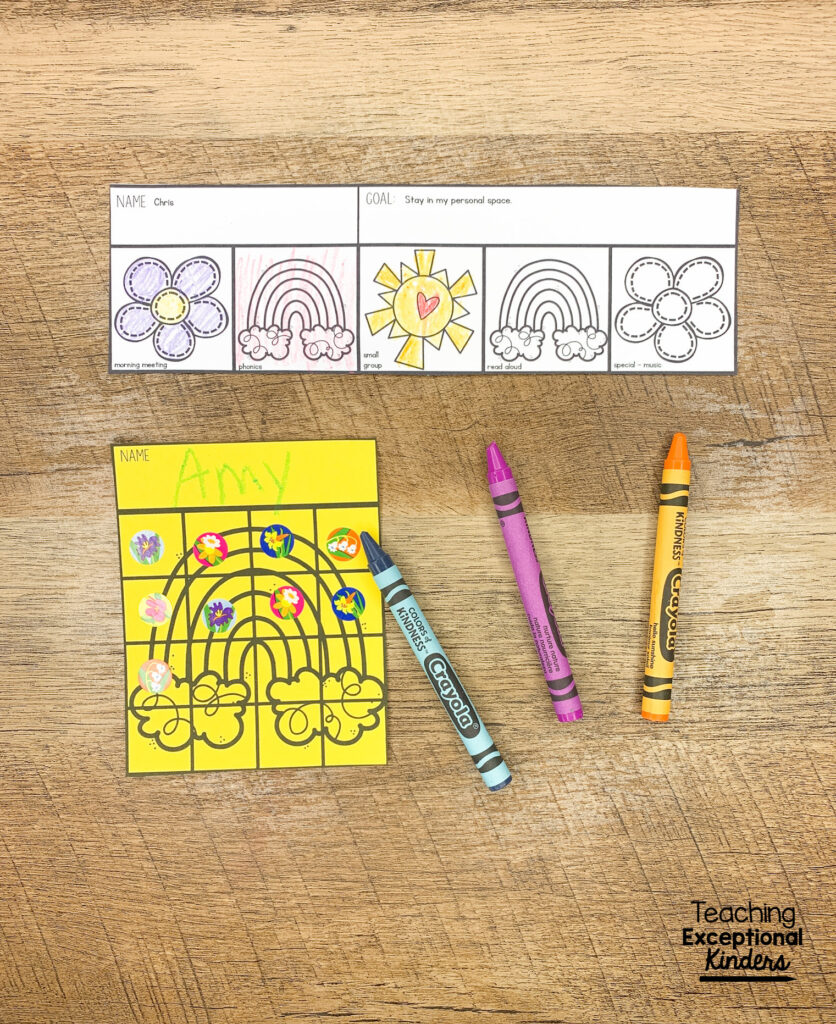
Individual sticker charts are a great way to target specific behaviors and work toward delaying extrinsic gratification for rewards. You might start by providing the student with a reward each time they fill out a row on their card, but then work your way up to waiting until the entire card is filled.
For some students, a sticker chart doesn’t provide quite enough feedback and structure for their behavior goal. This is when it can be beneficial to move toward a token board system.
5. The student needs more immediate feedback and rewards.
A token board is a great option for students who need regular feedback and check-ins regarding their behavior choices. The token board system includes a blank chart and a visual reminder of the incentive, so students can see how their choices are getting them closer to the reward.
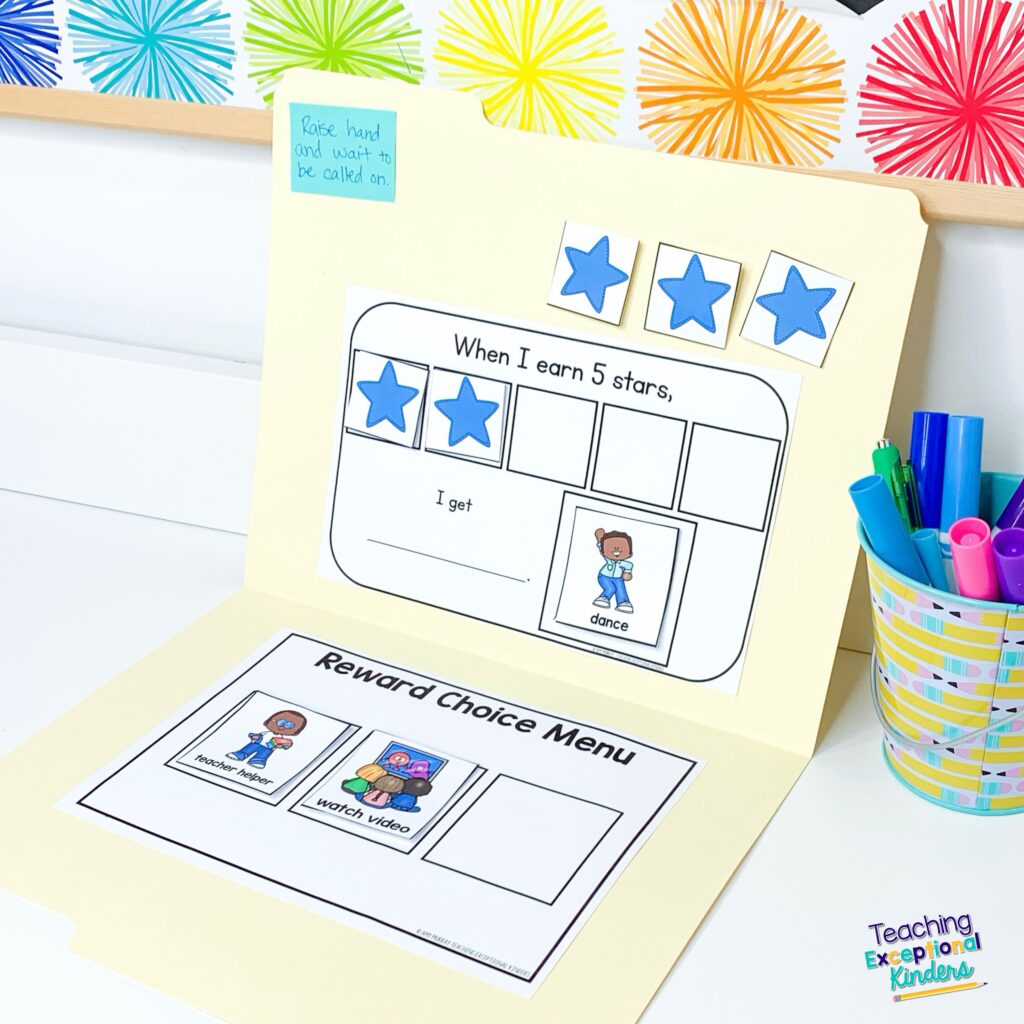
Since a token board works best for children who need immediate feedback, I suggest placing it inside a folder so it can travel with the student. This allows you to give the student a token immediately when they demonstrate the target behavior, rather than waiting until you get back to class.
Printable Token Boards for Behavior
Do you have a student who would benefit from a token board reward system? Let me save you some time! I have created a set of printable token boards that you can use in your classroom. It has all of the visuals you need to set up a reward choice menu and token board for your students who need this level of support. If you’d like to take a closer look at everything included in this resource, you can find it in the Teaching Exceptional Kinders shop or on TPT.
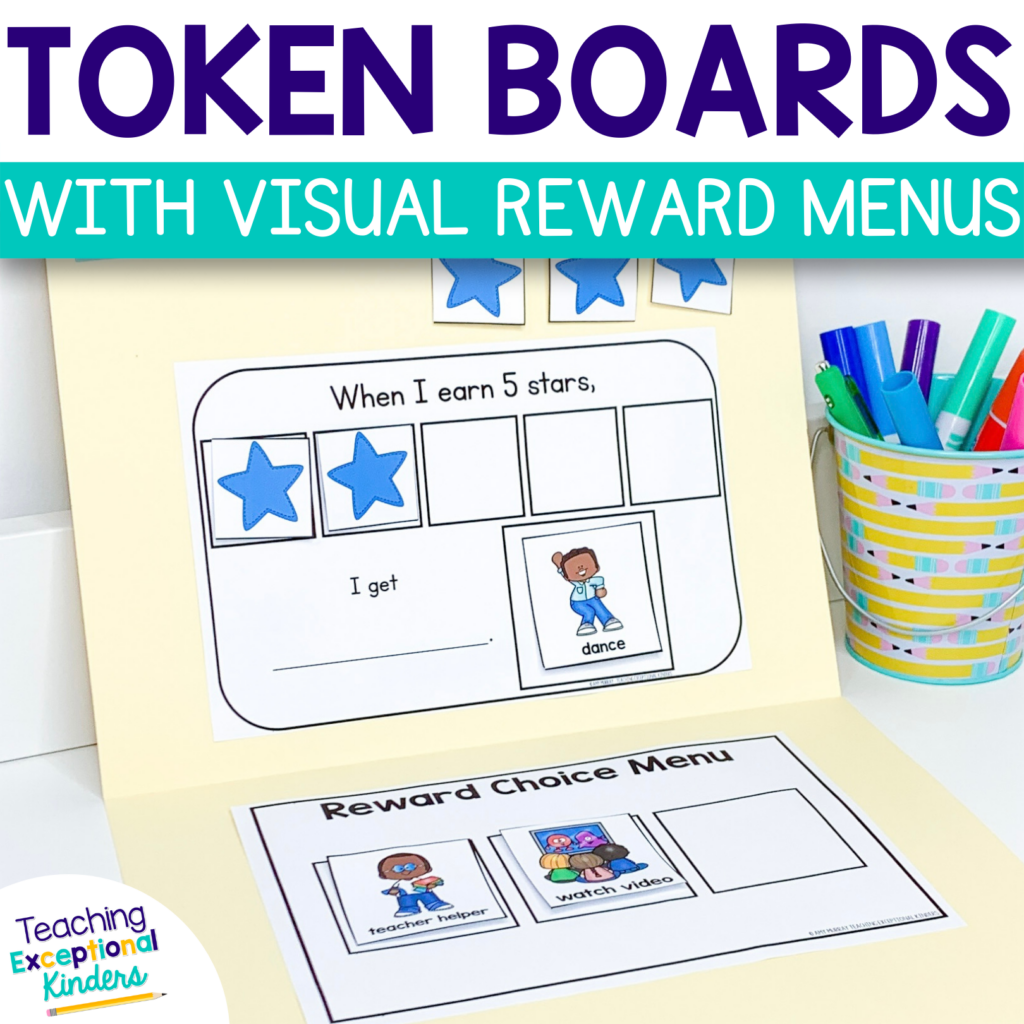
Save These Token Board Tips for Kindergarten
If you’d like to come back to these tips for using token boards for kindergarten, be sure to save this post! Just add the pin below to your favorite teaching board on Pinterest.
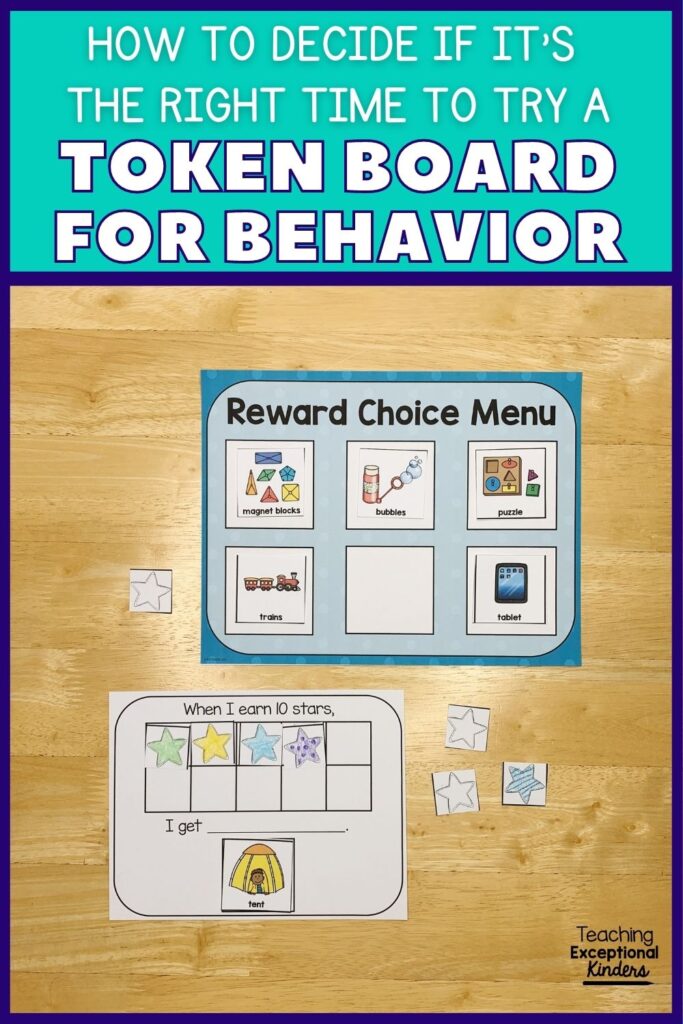
Amy
SITE DESIGN BY LAINE SUTHERLAND DESIGNS

